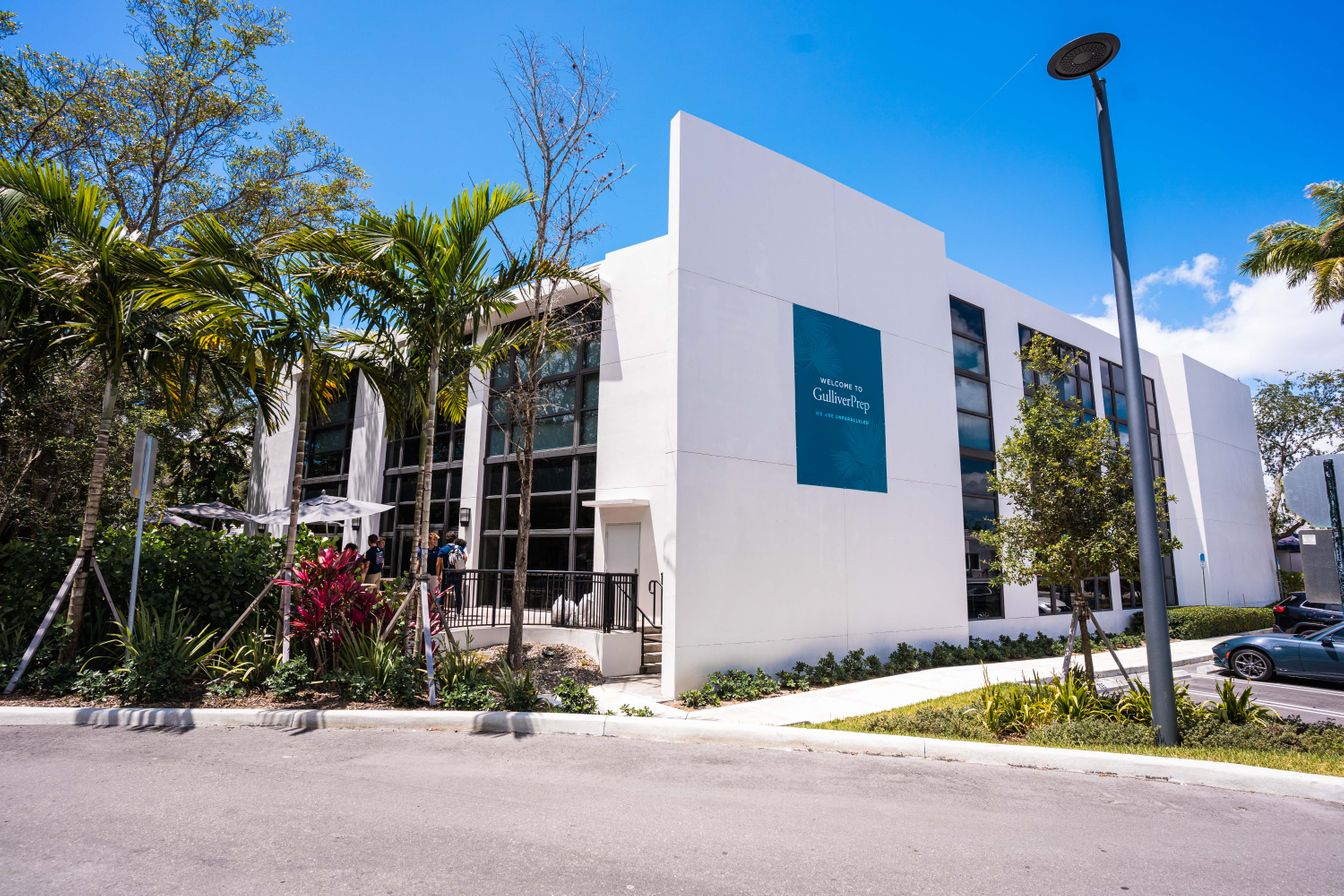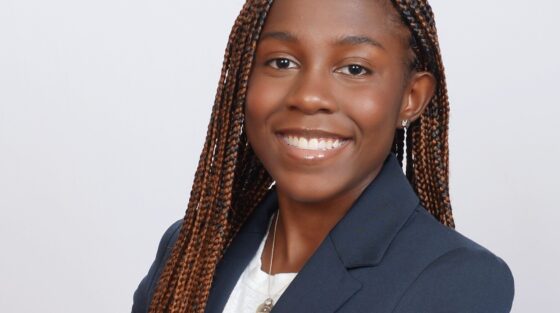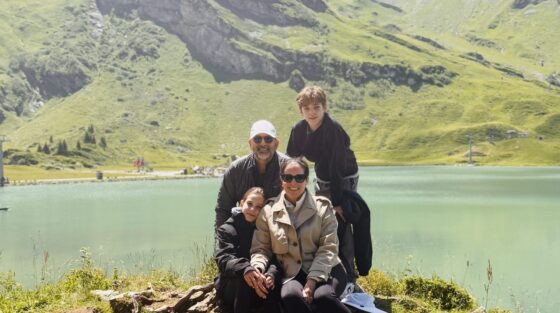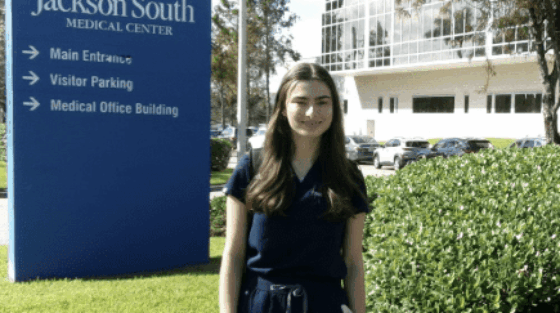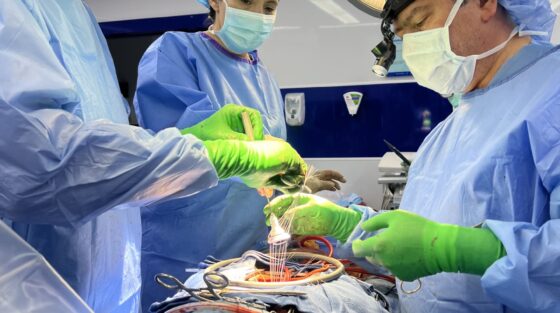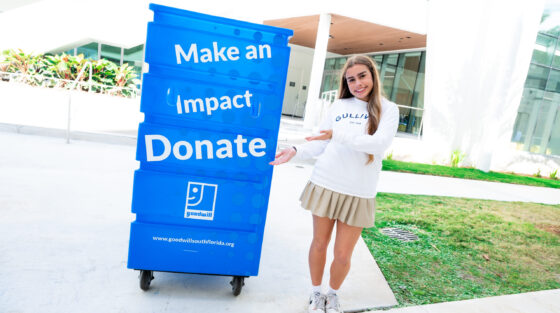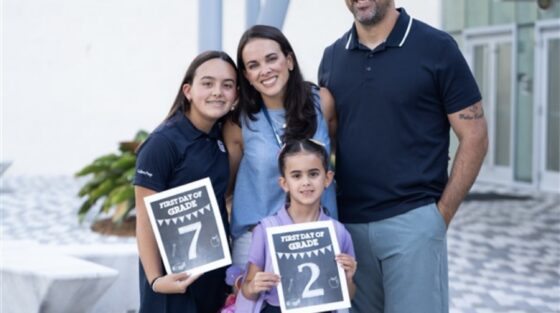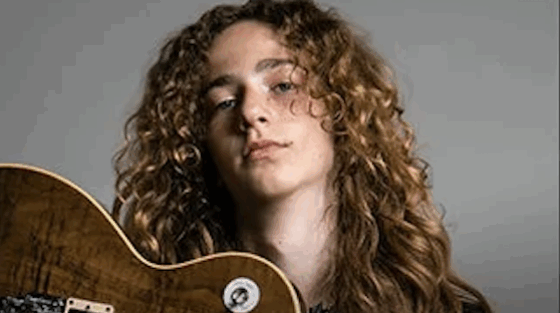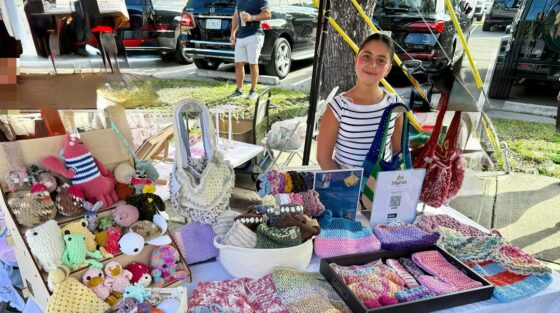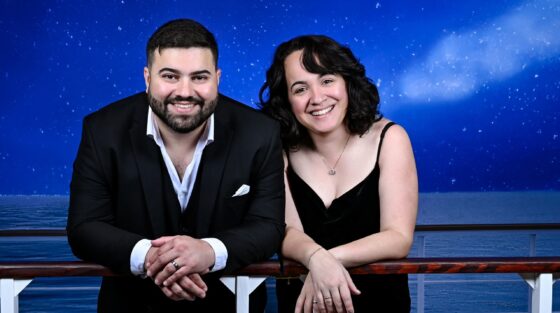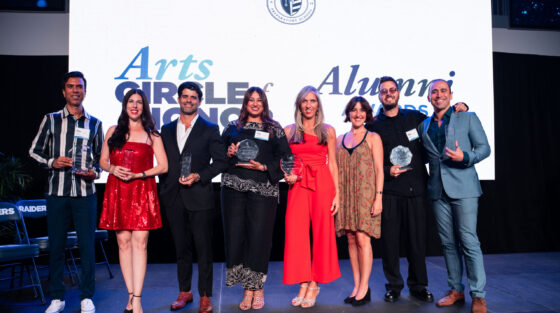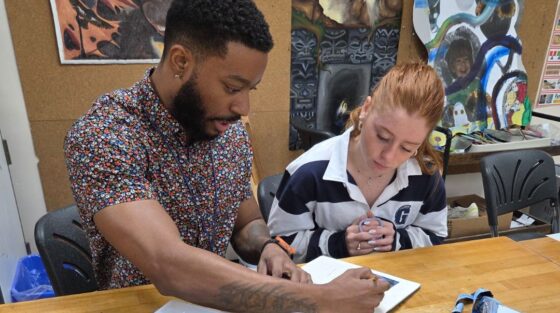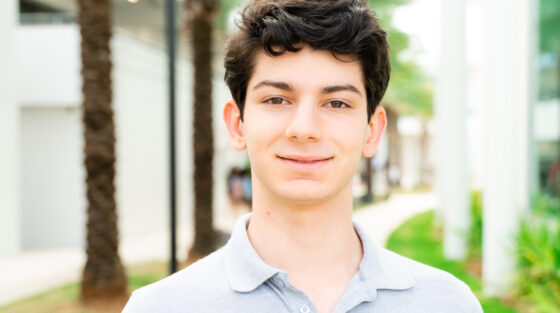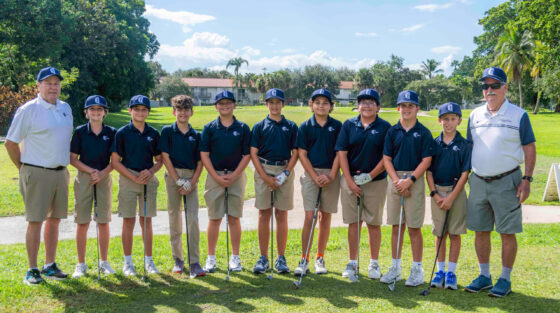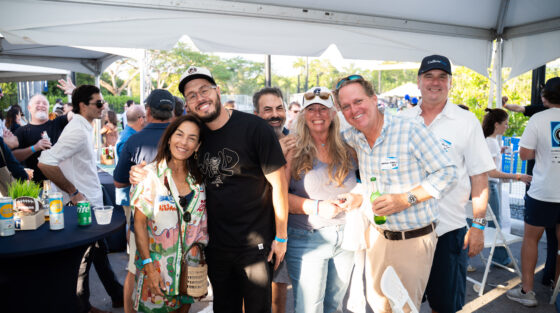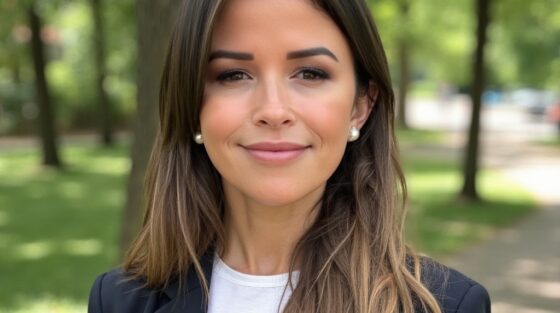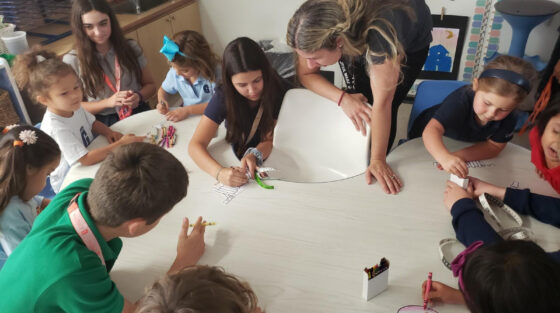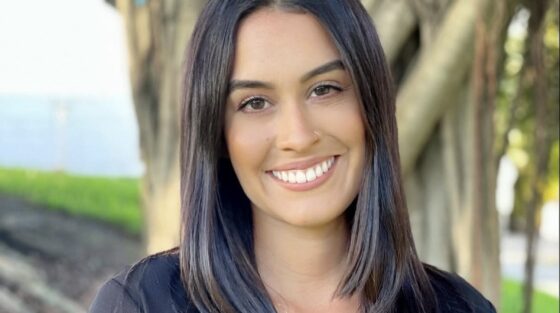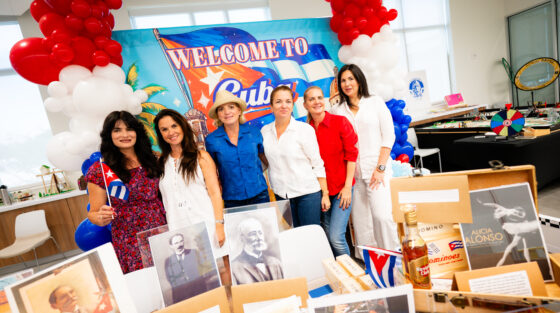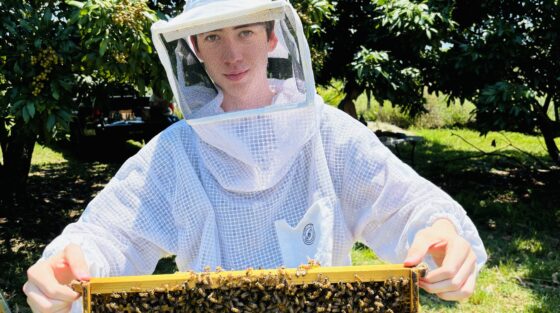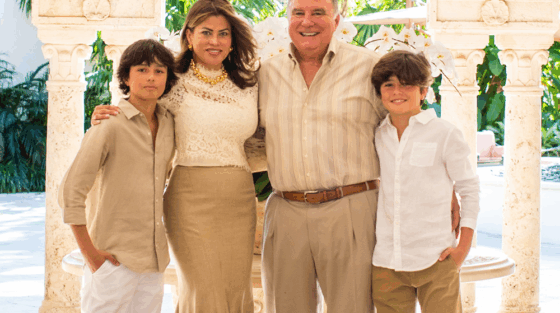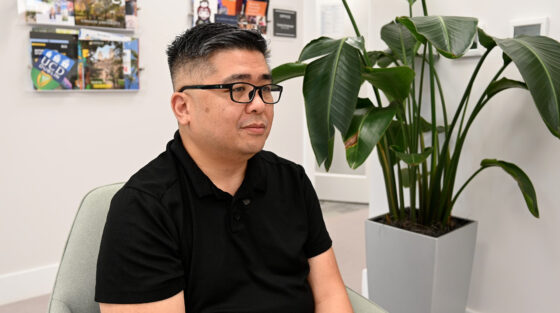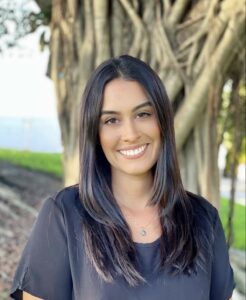
We sat down with Dr. Castaño to learn more about her journey, her groundbreaking research, and how she’s inspiring students to discover the scientist within.
Could you tell us a little about yourself, your background, interests, and what led you to join Gulliver’s Science Department?
I’m originally from New Jersey and come from a family that immigrated here from Colombia. As a first-generation college student, education has always been deeply personal to me. My interests span across psychology, sociology, anthropology, political science, chemistry, and physics—I even have a background in meteorology! I’ve always been fascinated by the intersection of science and human behavior, particularly the social dynamics that shape how we experience and participate in STEM fields.
What led me to Gulliver was honestly the experience itself. When I first connected with the school, I felt like I fit right in. The community, the values, and the approach to education resonated with who I am as both an educator and a person. It felt like home.
Part one of your dissertation article was recently reviewed in Science Magazine and is sparking a national conversation about what it means to be a “real” chemist. What inspired you to explore that topic, and what does it mean to you to have your work recognized at this level?
What inspired me to explore this topic was actually the language my participants used during interviews. I noticed this recurring pattern where people would make distinctions about what constitutes a “real” chemist—this notion of a more “true” or “proper” chemist that they were willing to talk about openly. That observation led me down a research path exploring morality and how it plays into chemistry culture. I’ve always been fascinated by social dynamics, particularly how people “other” each other and why these divisions emerge.
Having my work recognized at this level is incredible—life really came full circle for me. As a kid, whenever the book fair came to my school library, I was always captivated by the Science Magazine covers. Now, to be featured in that very magazine’s blog is wonderful, especially since this work is so personal to me. This paper represents over a year of meticulous effort, and seeing it spark these important conversations makes all that work feel even more meaningful.
How does your experience as a researcher shape the way you teach at Gulliver, and how do you bring your students into that same spirit of curiosity and exploration?
My experience as a researcher absolutely shapes the way I teach at Gulliver. It makes me especially conscious about doing my best not to perpetuate the gatekeeping practices that are so subtly normalized in STEM culture. I’ve seen firsthand through my research how these practices affect who feels like they belong in science, and I’m committed to creating a different experience for my students.
I bring that spirit of curiosity and exploration by always encouraging their questions and having them think about how what we’re learning connects to what they genuinely wonder about. I also hope to mark their experience as one where they feel supported at a socioemotional level—which is exactly the kind of education research I do. I know how stress-inducing chemistry can be, so I always hope to be a beacon of ease and reassurance for them. Science should feel accessible and welcoming, not intimidating.
Our brand promise is to empower students to think, create, and grow with purpose. How do you help students move beyond simply learning facts to making real-world connections and finding their own spark in science?
I help students move beyond memorizing facts by constantly connecting chemistry to their lived experiences and the questions they’re genuinely curious about. Rather than presenting science as a fixed body of knowledge to absorb, I frame it as a way of thinking and questioning the world around us. I encourage them to see themselves as scientists—not someday, but right now—by validating their ideas and helping them understand that scientific thinking starts with wondering “why” and “how.”
I also prioritize creating a classroom environment where students feel safe to take intellectual risks and make mistakes, because that’s where real learning happens. When students feel supported emotionally and intellectually, they’re more willing to engage deeply with material and find those personal connections that make science meaningful to them. It’s about helping them discover that science isn’t something separate from who they are—it’s a lens they can use to understand themselves and their world.
What do you find most rewarding about working with Gulliver students, and can you share an example of how you have seen them grow academically or personally under your guidance?
What I find most rewarding is watching students transform their relationship with science. Many come in thinking they’re “not science people,” but through building that supportive environment and showing them that science is for everyone, I’ve seen students blossom in remarkable ways.
The moments I treasure most are when students return to tell me how the confidence they gained in my classroom extended beyond chemistry—when they realize they can tackle challenges they once thought were impossible, or when they start advocating for themselves in other areas of their lives. It’s also incredibly fulfilling when students who initially felt intimidated by chemistry begin to see themselves as capable scientists and start asking deeper, more curious questions. That shift from anxiety to agency is what teaching is all about for me.
What are you most excited to pursue next, whether it is in your research, new initiatives in the Science Department, or ways you hope to continue inspiring students here at Gulliver?
I’m incredibly excited to pursue the next two papers in my dissertation series. The second paper further explores moral binaries in chemistry culture—specifically, how chemists conceptualize “good” versus “bad” chemists and what that reveals about our field’s values. The third takes a systems thinking approach to examine how these dynamics are reinforced at a systemic level, looking at the structures and practices that perpetuate exclusion in chemistry, and STEM overall.
At Gulliver, I’m excited to continue cultivating a science experience that actively dismantles the gatekeeping I study in my research. I want every student who walks through my classroom door to leave feeling like science is theirs—not because they fit some narrow mold of what a scientist “should” be, but because they’ve experienced a learning environment that celebrated their unique perspective and supported their growth. That’s the kind of lasting impact I hope to have here.
Support Our Faculty:
Giselle Castaño blends scientific inquiry and social awareness to create a classroom where every student feels seen, supported, and inspired to explore. Her approach to teaching makes science meaningful and accessible, empowering students to think critically and discover their place in the world of STEM. By supporting The Gulliver Fund, you help educators like Giselle continue nurturing curiosity, confidence, and a lifelong love of learning—click here to donate.
